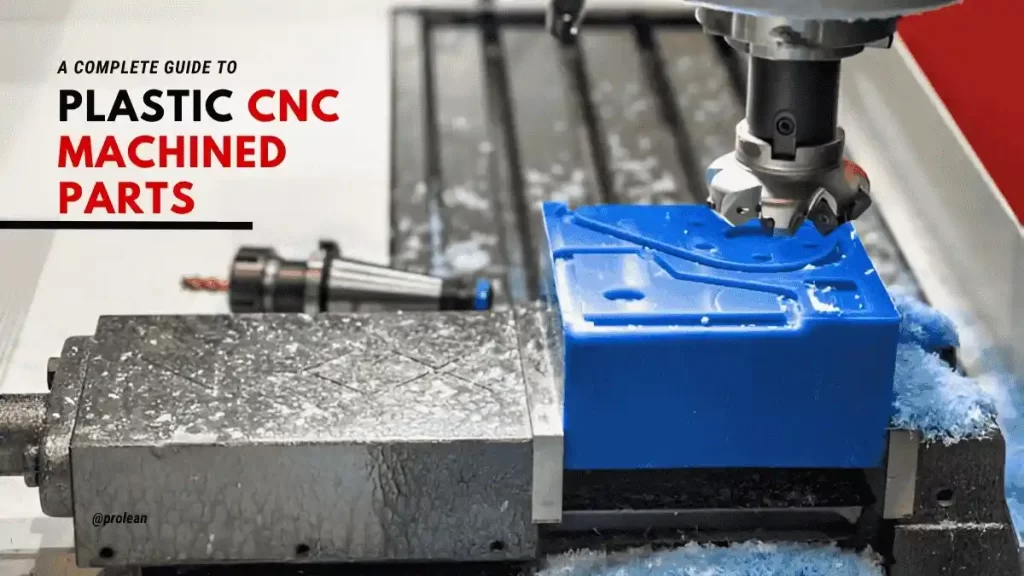
CNC Plastic Parts
CNC plastic parts machining supports various plastic parts across many stages. These plastics make prototypes, test units, or end-use components.
Plastics are sometimes easier for machines than metals. However, many give better results than 3D printing and injection moulding. This is true for simple shapes and small batches.
Some plastic machining parts resist fatigue, shock, and wear. Others, like ABS, are easier to machine and fit for low-cost testing.
CNC plastic are also lightweight and chemically stable. They resist moisture, corrosion, and heat under specific limits.
Material selection depends on your product’s function and volume. Tolerances, surface finish, and structural needs must align with the material properties.
CNC machining plastic is a go-to option if your design meets the criteria and product features. It offers speed, accuracy, and flexibility during development.
When Should You Use CNC Plastics Parts?
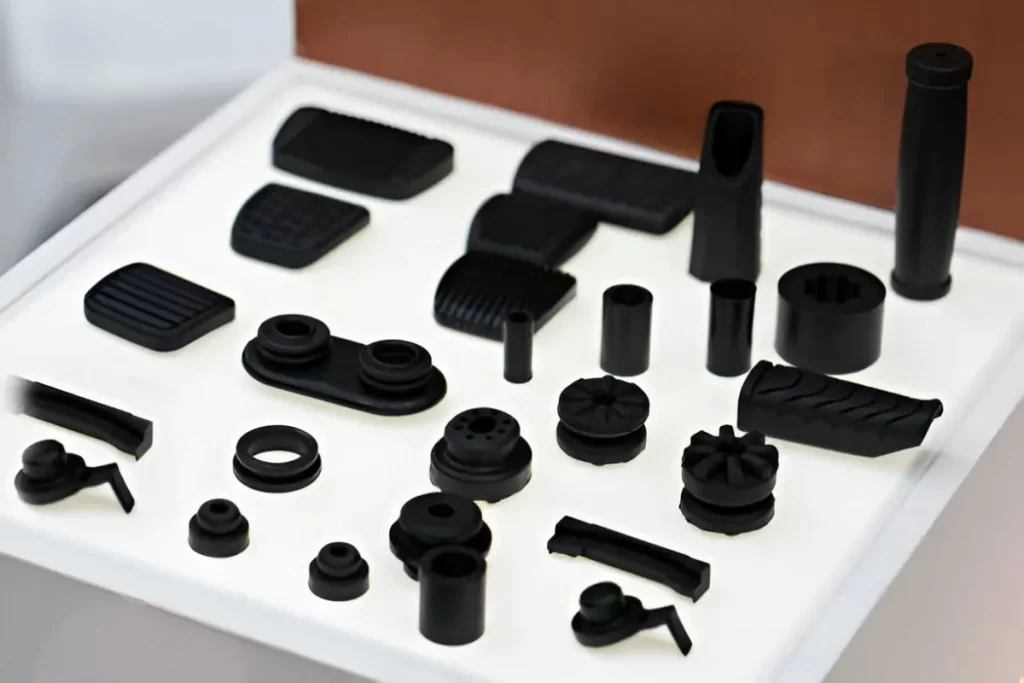
Machined Plastic Parts for Display
Plastic is a prudent selection for low to medium-volume CNC projects, particularly for prototypes and custom parts. It is a right fit for both prototypes and production parts.
Plastics can be machined into exact, complicated shapes like metals, but with distinct characteristics. They are mostly lightweight, stable, corrosion-resistant, and chemically resistant.
The most common ones are acrylic, nylon, PTFE, and polycarbonate. All the materials have various strengths depending on the application.
Select based on functionality, price, and finishing. Machining should take into consideration mechanical loads, heat limits, and tolerances. (See Also: metal vs plastic)
Try Prolean Now!
Best Plastics For Machining
Choosing the right plastic CNC materials is crucial for a machining project. Different plastics give unique strengths and applications. Below is a list of 10 common plastics used in CNC machining. Each machineable plastic has qualities that make it a good fit for specific parts and environments.
Common CNC Machined Plastics
- Acrylic (PMMA)
- Polycarbonate (PC)
- Nylon (PA)
- ABS
- Delrin (POM)
- PTFE
- HDPE
- Polypropylene (PP)
- PVC
- PEI
1. Acrylic (PMMA) CNC Machining
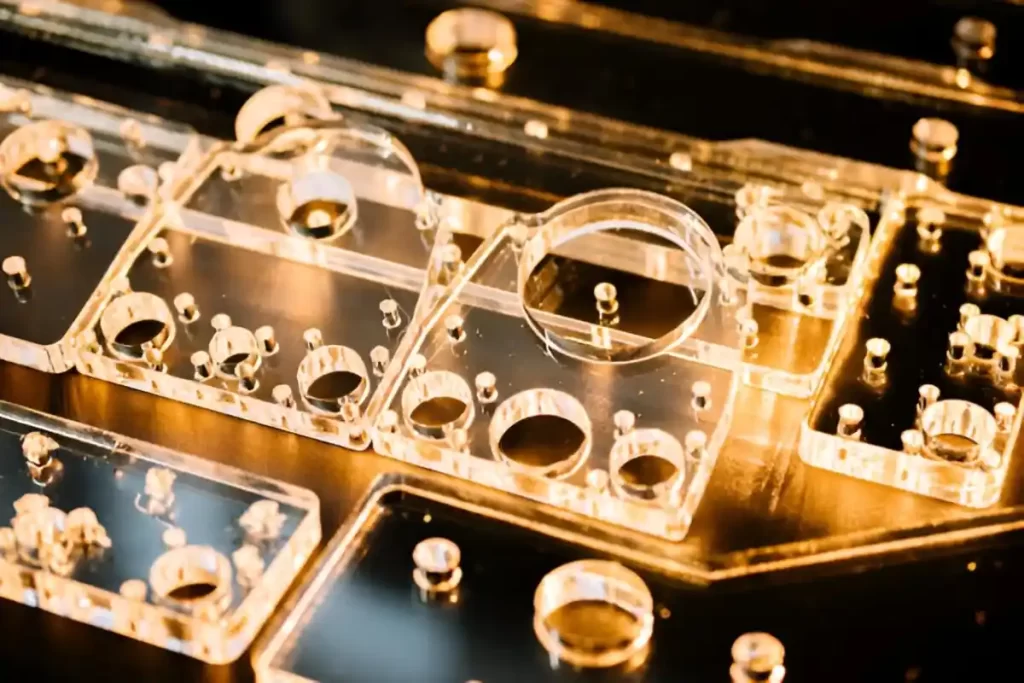
CNC Machined Acrylic Part
Acrylic is transparent, like glass. But it is lighter and more rigid. It machines well and leaves a clean, uniform surface. Moreover, it is brittle, and its cutting speeds should be slower to prevent cracking issues. Acrylic is suitable for signs, light covers, display windows, and optical parts.
2. Polycarbonate (PC) CNC Machining
Polycarbonate is significantly stronger than acrylic. It has a heavy impact and does not crack easily. However, its machining needs sharp tools and less heat accumulation to prevent clouding. It is good to use in safety panels, guards, and housings where strength is required.
3. Nylon (PA) CNC Machining
Nylon is rugged, elastic, and wear-resistant. It is suitable for moving parts since it can withstand friction and stress. Nylon is moisture absorbent, which may cause variations in dimensions. Hence, dry it before machining. Typical nylon components are gears, bushings, and rollers.
4. ABS CNC Machining
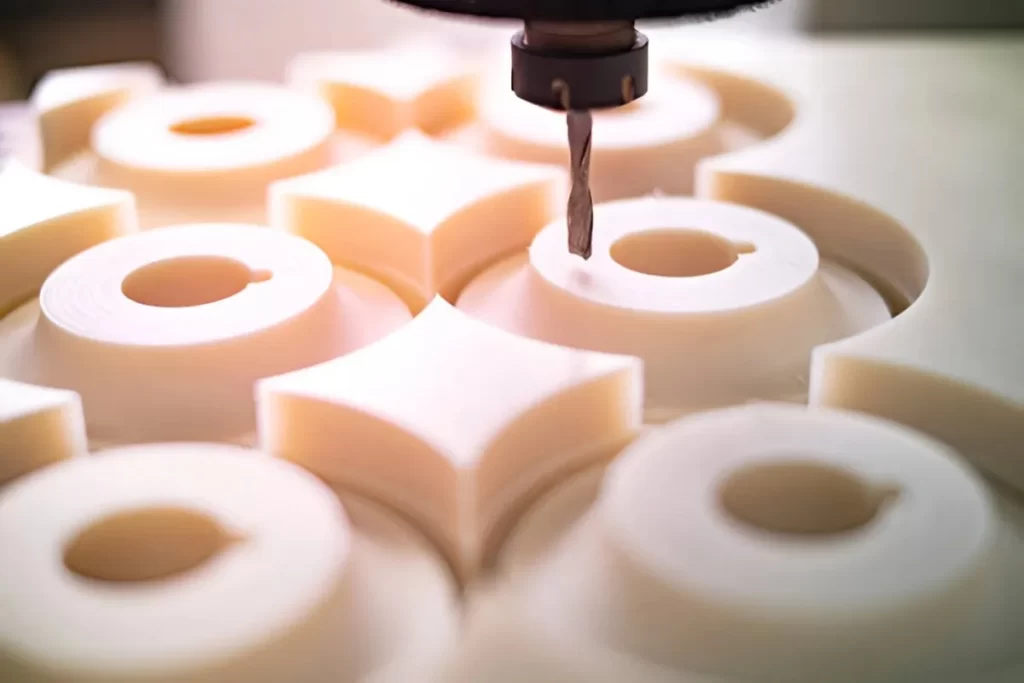
ABS CNC Milling
ABS is cheap, and it can be machined with relative ease. It cuts, retains its shape, and is well finished. It can be used in areas that require strength and an aesthetic appearance. The ABS CNC machining suits housings, covers, enclosures, and prototypes.
5. Delrin (POM) CNC Machining
Delrin (POM) is a stiff, low-friction, high-performance engineered-grade plastic. Machines work well and can be done with close tolerances, giving it a clean surface. Delrin is commonly applied to precision components such as gears, valve components, and moving assemblies, which require precision fit and hardness.
6. PTFE (Teflon) CNC Machining
PTFE is very slick, chemically and heat resistant. It is soft; hence, sharp tools and slow feeds should be used to avoid tearing and deformation. PTFE is the best choice for seals, liners, and other parts working in a chemical and food-safe environment.
7. HDPE CNC Machining
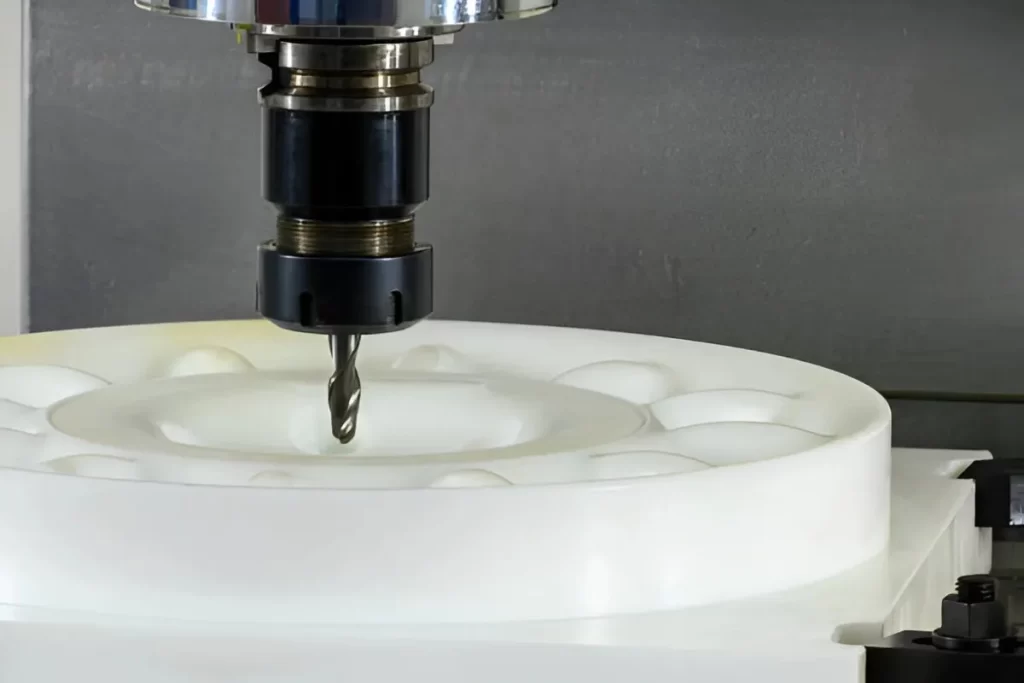
HDPE CNC Machining
HDPE is lightweight, water-resistant, chemically resistant, and has excellent impact strength, making it ideal for rugged applications. It is easy to machine but may warp under heat, so cooling is essential. HDPE is generally employed in tanks, trays, cutting boards, and outdoor parts.
8. Polypropylene (PP) CNC Machining
Polypropylene is semi-flexible and does not cause fatigue. It is wear- and vibration-resistant. Its machining is delicate, and the clamp pressure ought to be minimal. Apply to hinges, chemical containers, and laboratory gear.
9. PVC CNC Machining
PVC is also a solid choice for plastic manufacturing. It is stable and resistant to chemicals. It machines easily, but may liberate fumes, so ventilation is to be considered. The PVC machining applies to industrial housings, fittings, insulation blocks, and other structural components.
10. PEI (Ultem) CNC Machining
PEI is a high-strength, heat-resistant plastic that machines clean with tight tolerances. It supports severe conditions, and it is accurate. It is commonly applied in aerospace, medical, and electrical components that require performance.
Try Prolean Now!
CNC Machining Techniques for Plastic Parts
Many machining procedures are suitable for multiple CNC plastic parts. Every technique has its unique setup, tools, and cutting rules. When you know how to use them, you will be safe by not getting stressed, having a bad finish, or spoiling parts.
The following three are some of the recurrent procedures employed in machining plastic.
1. Turning Plastic with CNC Machines
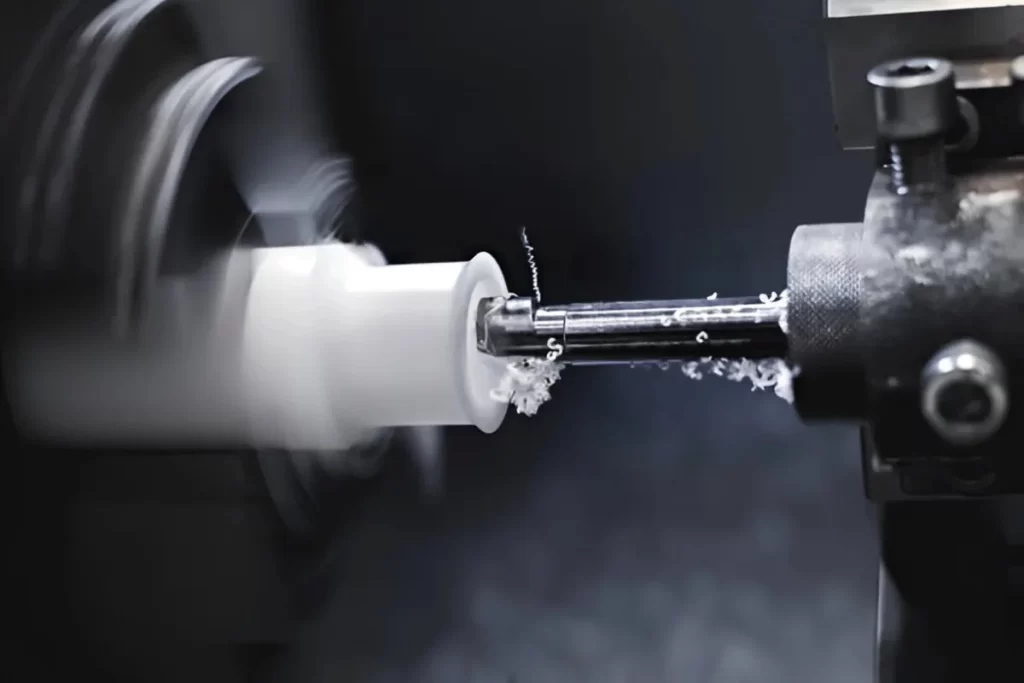
CNC Plastic Turning
In CNC turning, the plastic block is fixed, and the tool spins around it to shape it. The turning of the material is performed through a cutting tool. It is a practical approach for parts that are round and cylindrical.
Sharp, polished carbide or HSS tools should be used, and proper chip clearance is necessary to avoid melting or surface defects. The proper rake angle and relief should minimise rubbing. A high finish is obtained, and a smooth tool surface prevents material sticking.
Typical feed rates range from 0.005 to 0.015 inches/turn, depending on the material’s hardness and thermal sensitivity. It is always good to change the angles of the tools depending on the plastic used.
2. Milling Plastic with CNC Equipment
CNC milling involves a rotating tool that removes material from the surface. A simple machine moves in 3 directions. More complicated machines can move in further directions and process detailed parts.
When milling fibre-reinforced plastics, make use of carbon tools. Use low-pressure fixturing systems and vacuum tables to securely hold plastic workpieces without causing deformation. Rounded corners on the inside will avoid having weak points or hairline cracks.
3. Drilling Plastic with CNC Machines
CNC drilling entails spinning drills to make holes in a plastic block. It dips in the material and cuts to the requisite depth.
Use sharp bits for drilling. Boring, dull ones generate heat, and it damages the part. In most plastics, bits with a 90 to 118-degree point angle should be used. Drilling acrylic requires a zero or negative rake angle to reduce cracking and chipping during the process.
Keep the hole depth short. You can keep it about 3 or 4 times the drill’s width. Reduce speed near the hole button to avoid stress and cracks.
Where are CNC Plastic Parts commonly used?
Plastic materials are helpful in most industries. Plastic materials are widely used across industries for their low weight, corrosion resistance, and versatility. That is why they are suitable for simple and complex parts.
Automotive
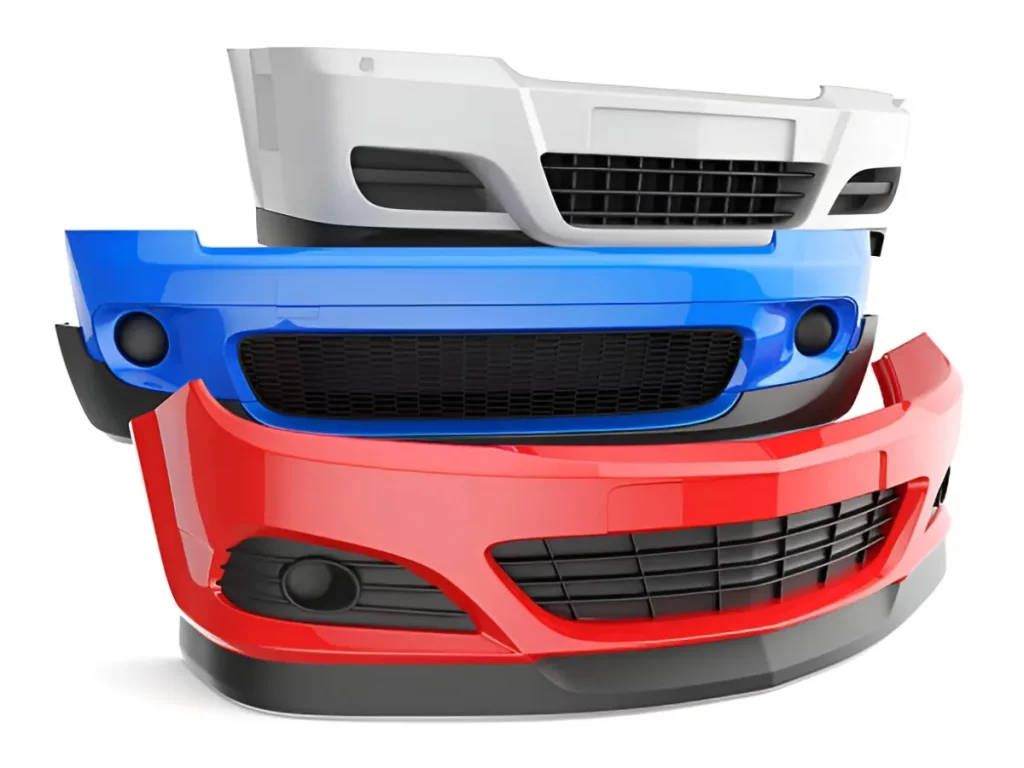
CNC Front-End Car Module Frames
CNC machining is widely used in automotive parts to reduce weight. These efficient automotive plastic machined parts include clips, trim, and panels. The material is durable to heat and vibration.
Aerospace
CNC Plastic parts are used to make an aircraft lighter. They are applied in panels, covers, and support parts. These are heat-resistant materials and are also stable over time.
Medical
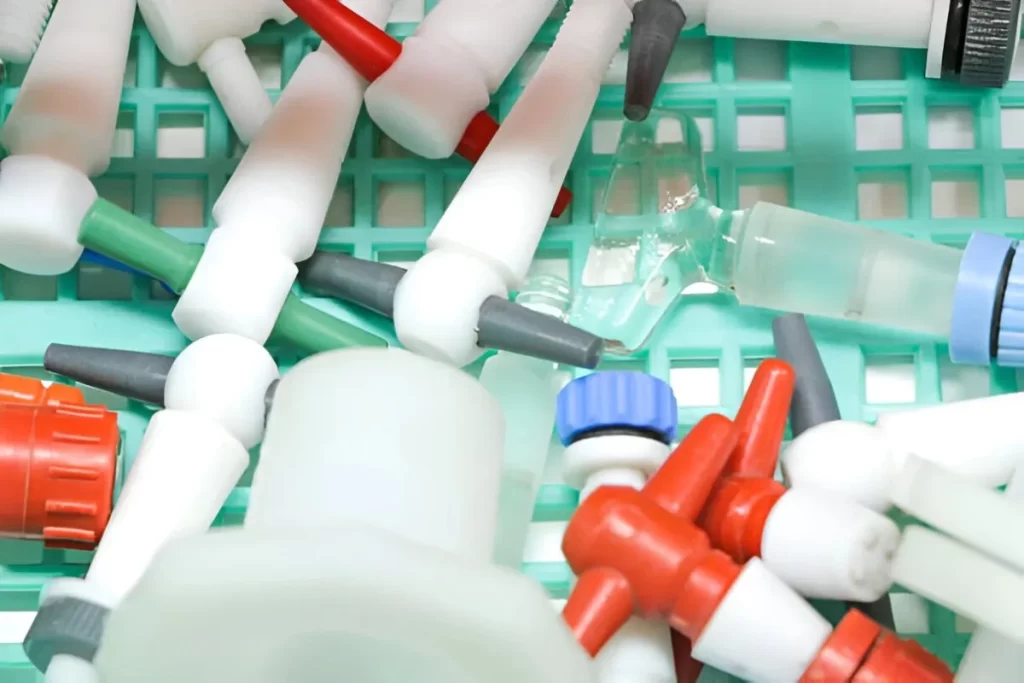
CNC Medical Parts
Medical equipment is provided based on safe and clean materials. They include tools, housings, and guides that are made using plastics. Most of them are easy to sterilise and machine.
Electronics
Circuits are enclosed in plastic, and heat is controlled. They are applied in shells of devices, mounts, and connectors. The material also acts as an insulator to electricity.
Consumer Products
The plastic is found in things that we use daily. This ranges from home goods, toys, and equipment. It can be produced easily; it is flexible, and cheaper in price.
Post-Machining & Finishing Options For Plastic
CNC Plastic parts usually undergo subsequent procedures after machining. These operations improve the quality of surfaces, durability, or part performance. The right method choice is based on your part’s functioning and material.
Deburring and Edge Smoothing
There are chances that machining creates sharp edges or small burrs. These can impact fit and safety. Deburring is the removal of sharp edges either by media or tools. It makes your side of the deal glide and operate as it should.
Polishing
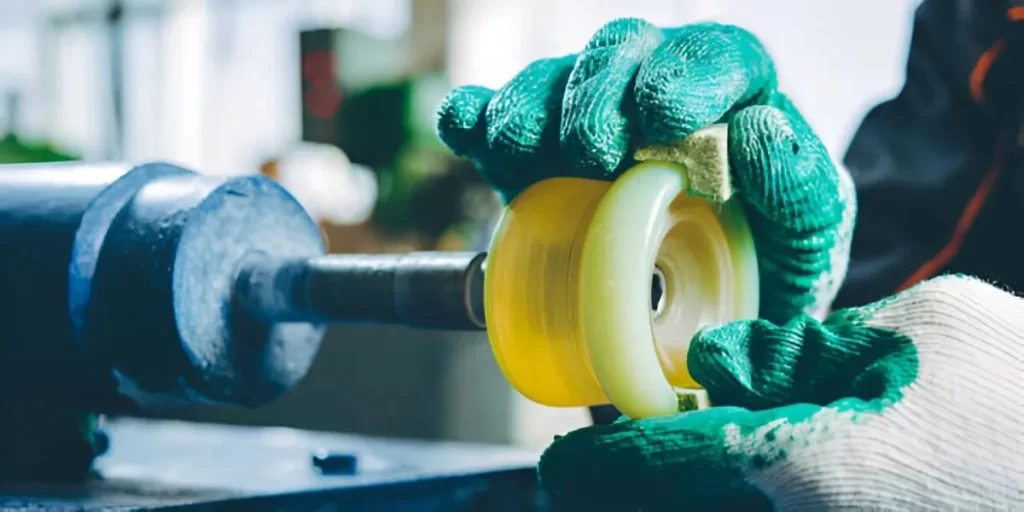
Plastic Part Polishing
Polishing improves the appearance and clarity of CNC plastic parts’ surfaces. Acrylic/polycarbonate pieces are commonly polished. The surface becomes smooth, and it avoids the buildup of dirt and tension when using it.
Painting or Coating
Some sections require colour or extra protection. Paint or coatings, or wear-resistant materials, can increase the looks. Ensure that the plastic used does not react with the coating material.
Heat Treatment
Annealing certain plastics after machining can relieve internal stresses and improve dimensional stability. This can eliminate stress and enhance stability. It is common in parts with tight tolerances and cannot be bent when used.
Ultrasonic Cleaning
There are chances of having dust or chips on plastic parts through machining. Ultrasonic cleaning is non-destructive and involves removing small particles. It is soft and suitable for medical or optical components.
Thread Insertion
Threaded inserts can be used if your part needs to be fastened. These inserts are put in plastic using heat and ultrasonic techniques. This provides tough reusable threads that do not crack.
Bonding and Assembly
Bonding may be adhesives and or press-fits. Quality bonding strengthens and maintains the complete part to stay in the right place and work effectively.
Plastic CNC Machining: Challenges and Factors to Consider
Plastic machining is different from metal machining. It introduces special issues that impact quality, cost, and performance. Knowing such factors will make you avoid problems and plan to achieve better outcomes.
Material Movement from Heat
Plastics can expand and distort when they get hot. This influences the part accuracy and shape. Heat should be kept low by using lower speeds and sharp tools.
Tool Selection and Wear
The improper tool usage may break your part. Plastics require cutting tools of the right rake angle. Fibre-filled materials cause tools to dull more quickly, so keep checking them.
Holding and Fixturing
Plastics are soft; therefore, clamping pressure is essential. Excessive force may cause the part to be distorted. Soft jaws or special fixtures should hold the part.
Surface Finish Control
Other plastics can be scratched easily, and melted at the tool’s edge. This may end up leaving rough or uneven surfaces. Feed rate should be controlled, and polished tools should be used.
Chip Removal
Plastics do not break into small chips like metal. Friction can be created by long strings that accumulate. Apply good chip breakers and air to blow away waste.
Moisture Sensitivity
Some plastics take in moisture from the air. It may result in size variations or stress cracks. Machining is possible after drying the material when necessary.
Tight Tolerance Issues
Holding tight tolerances is more challenging in some plastics due to thermal expansion. Establish tolerances that are realistic in line with the behaviour of the material.
Plastic CNC Machining with Prolean Tech
Plastic CNC Machining parts need careful planning. The tips shared in this guide are a great place to start. However, every part differs, and some projects may require custom solutions.
At Prolean Tech, we help you choose the right path. Our team looks at your design, material, and end-use to guide each decision.
We support you through every step of the plastic machining process. We focus on quality, speed, and cost from early design checks to final production.
If you’re ready to get started, contact us today. We’re here to help bring your plastic parts to life with precision and care.

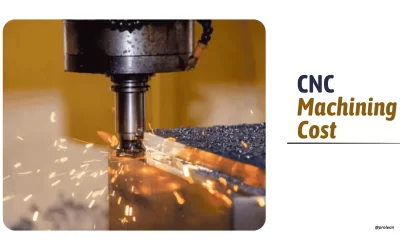
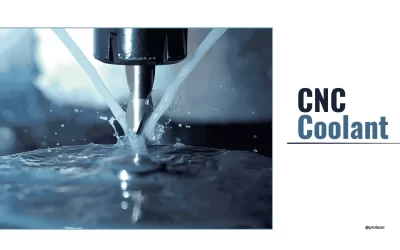
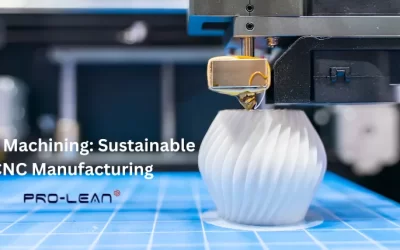
0 Comments